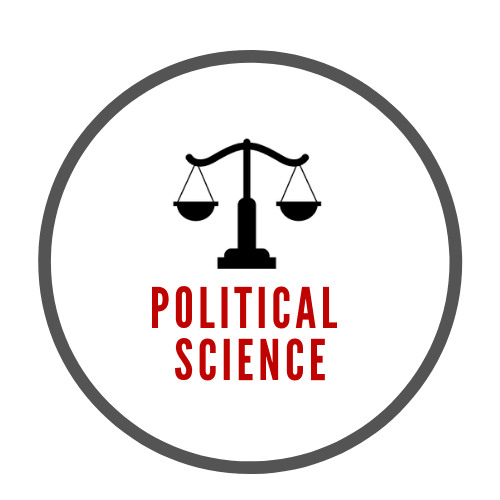“Tet political science” is not a standard sub-discipline, but it refers to the political and strategic analysis of the 1968 Tet Offensive during the Vietnam War, and its profound consequences on American politics and policy.
It’s a classic case study in how a military event can have a more significant political impact than a military one. Here’s a breakdown of the key political science aspects of the Tet Offensive.
- The Context: The “Credibility Gap” and Public Statements
In late 1967, the Johnson administration and U.S. military leaders (like General Westmoreland) were engaged in a massive public relations campaign to bolster support for the war. They claimed:
· The enemy was unable to mount major operations.
· The North Vietnamese and Viet Cong were “bankrupt” and weakening.
· There was a “light at the end of the tunnel.”
This set the stage for a massive political shock when the opposite proved true.
- The Event: The Tet Offensive (Jan-Feb 1968)
· What it was: A massive, coordinated surprise attack by the North Vietnamese Army and Viet Cong on over 100 cities and towns in South Vietnam, including the capital, Saigon, and the symbolic U.S. Embassy.
· Military Outcome: A tactical defeat for the Communists. They suffered devastating casualties, failed to hold any of their objectives, and the Viet Cong infrastructure was largely destroyed.
· Political Outcome: A strategic victory for the Communists. This is the core of “Tet political science.”
- Key Political Science Themes and Consequences
A. The “Cognitive Dissonance” and the Collapse of Public Support
The most critical impact was on American public opinion. The dramatic images broadcast on television—fighting in the U.S. Embassy, the execution of a Viet Cong prisoner, the battle for Hue—created a powerful cognitive dissonance.
· The “Credibility Gap” Widened: The public saw a stark contradiction between the official, optimistic narrative and the chaotic reality on their TV screens. Trust in the government, especially President Lyndon B. Johnson and the military leadership, evaporated.
B. The Role of the Media
Tet is a foundational case in the study of media and war.
· While the media didn’t “lose” the war, it amplified the shock. Journalists like Walter Cronkite, who had been supportive, turned skeptical. His famous broadcast on February 27, 1968, where he declared the war was “mired in stalemate,” is seen as a pivotal moment.
· The “Living Room War” concept became real. The offensive demonstrated the power of television to shape political reality, independent of the military facts on the ground.
C. The Impact on Elite Opinion and the “Wise Men”
The shock of Tet reverberated through the political and foreign policy establishment.
· Previously hawkish senators, business leaders, and media figures began to question the war’s viability.
· Most famously, Johnson’s group of senior foreign policy advisors, the “Wise Men” (including Dean Acheson and Clark Clifford), met after Tet and advised him that the war could not be won at an acceptable cost. This was a devastating blow to the president.
D. Direct Political Consequences: The Downfall of LBJ
The political pressure generated by Tet directly led to two historic events:
- The New Hampshire Primary: On March 12, 1968, anti-war candidate Senator Eugene McCarthy came within 230 votes of defeating the sitting president, Lyndon B. Johnson, in the Democratic primary. This showed the depth of the party’s division.
- Johnson’s Withdrawal: On March 31, 1968, in a stunning nationally televised address, Lyndon B. Johnson announced he would not seek nor accept the Democratic nomination for president. The Tet Offensive had effectively ended a presidency.
E. The “Policy-Reality Gap” and Strategic Reassessment
Tet forced a painful strategic reassessment. U.S. strategy was based on the concept of attrition—grinding down the enemy until they could no longer fight. Tet proved that despite massive casualties, the enemy retained the will and capability to launch a nationwide offensive. This called the entire U.S. strategy into question.
Conclusion: Why “Tet Political Science” Matters
The Tet Offensive is a quintessential case study for political scientists because it demonstrates:
- The Primacy of Political Will: A war is not won by body counts or territory held, but by the political will of the competing societies. Tet shattered American will while strengthening North Vietnam’s resolve.
- The Limits of Military Metrics: Success in battle does not equal success in war if the political narrative is lost.
- The Power of Perception: In modern politics and conflict, perception can become more important than reality. The perception of defeat and stalemate created a political crisis, regardless of the tactical military outcome.
- Media as a Political Actor: The event cemented the media’s role as a powerful, independent force in shaping public opinion and constraining government policy.
In summary, studying “Tet political science” means analyzing how a military event was transformed, through media, public opinion, and elite decision-making, into a political catastrophe that fundamentally altered the course of the Vietnam War and American history.
